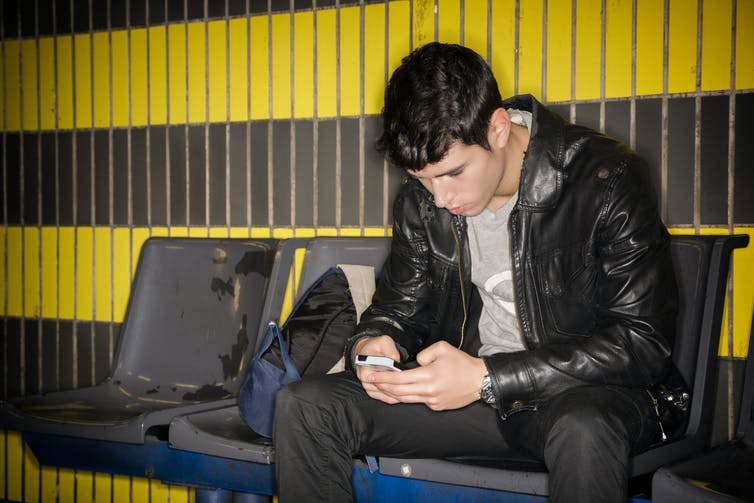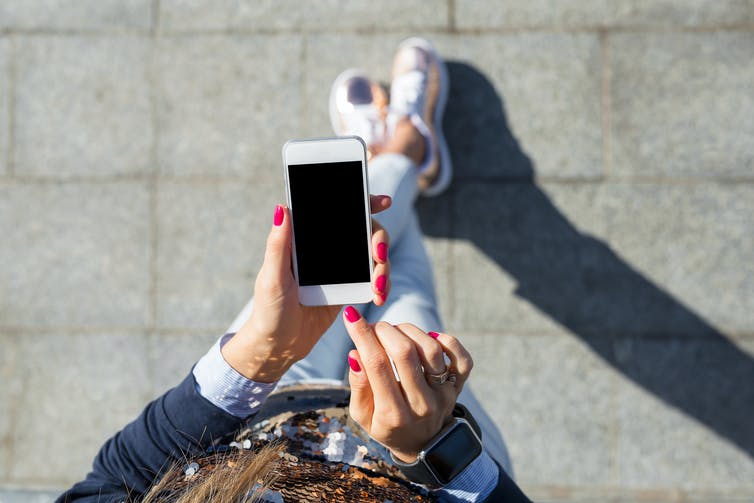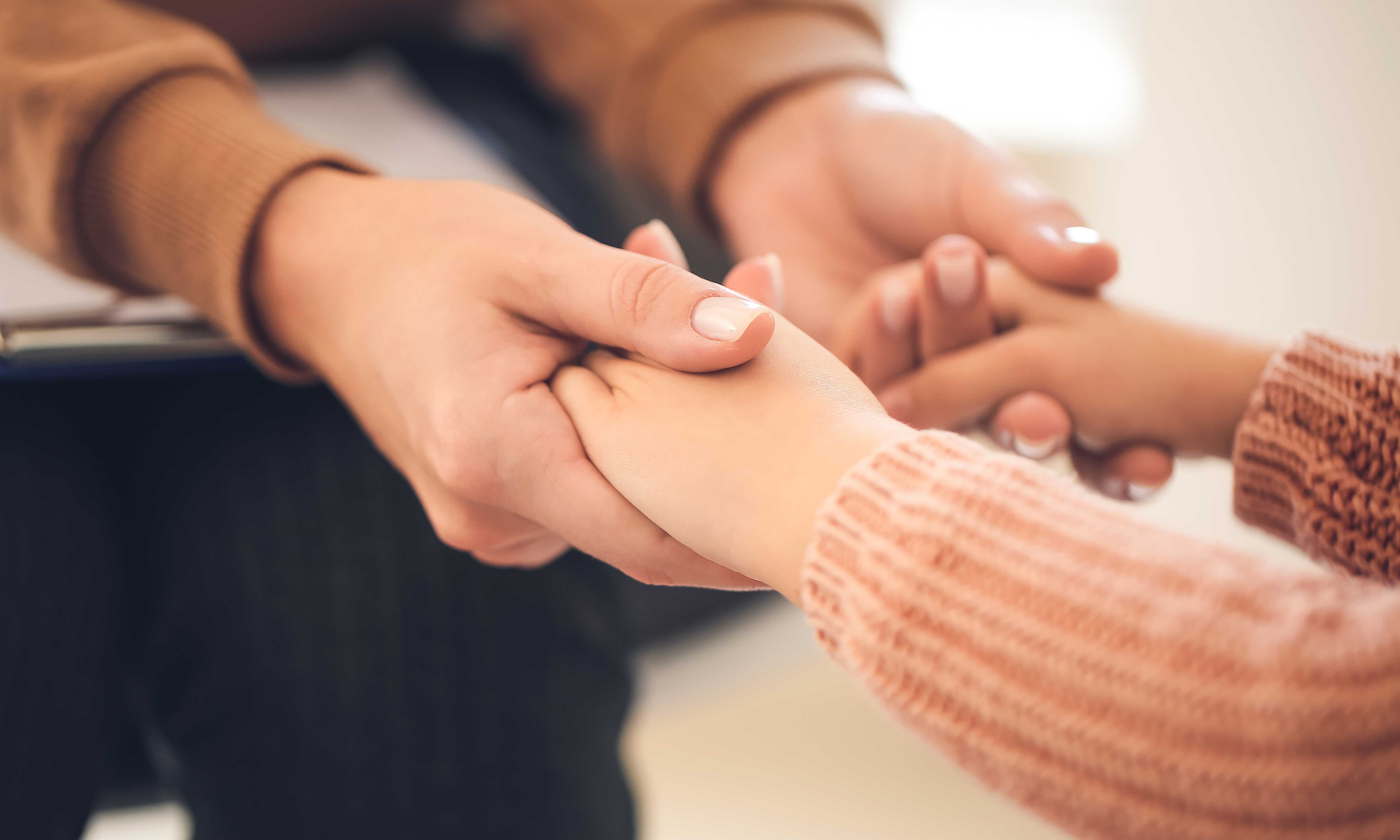According to Australia’s eSafety Commissioner, it received more than 1,000 reports of image-based abuse between March and May 2020. This represents a 210% increase on the average weekly number of reports they received in 2019.
There was also a huge spike over the Easter weekend, where there was an almost 600% increase on usual reporting figures.
The problem is not limited to Australia. The United Kingdom has witnessed a similar increase, where its Revenge Porn Helpline says it has opened double the number of cases from the previous April.
What are we talking about?
Image-based abuse happens when an intimate image or video is created or shared without the consent of the person pictured. It can also involve threats to share images.
Though it is known colloquially as “revenge porn”, researchers and policymakers have rightly rejected that term. They use “image-based abuse” to better capture the harms of the non-consensual taking, sharing, or threat to share, nude or sexual images.
Why has there been an increase?
When we all entered lockdown, digital forms of communication and connection became central to our lives - and that includes our dating lives.
In lockdown, the exchange of nude and sexual images is likely to be a more common way to express our intimacy with another person. Unfortunately, this means perpetrators have greater access to victims’ images to threaten and abuse them.
Since lockdown, the eSafety Commissioner has also observed an increasing trend in people being blackmailed over their intimate images, as well as people trying to monetise their intimate content. This includes reports of sextortion scam emails, which eSafety Commissioner Julie Inman-Grant says, “scares people into paying cryptocurrency payments”.
COVID-19 has seen many people lose their jobs or income. So financial pressures could also be in play as more perpetrators look to exploit non-consensual nude or sexual images for financial or other material gain.
We also know that image-based abuse occurs in the context of domestic and family violence. Victims living in isolation with an abusive partner or family member may be particularly vulnerable to these harms.
According to the UK’s Revenge Porn Helpline, the majority of their increased reports came from victims experiencing image-based abuse by an abusive or controlling intimate partner.
Image-based abuse was already a widespread problem
Before the pandemic, our research found as many as one in three of those surveyed in Australia, the UK and New Zealand (aged 16 to 64 years) have experienced image-based abuse.
Women victims in particular reported greater harms and fear for their safety, as well as experiencing multiple forms of victimisation.








